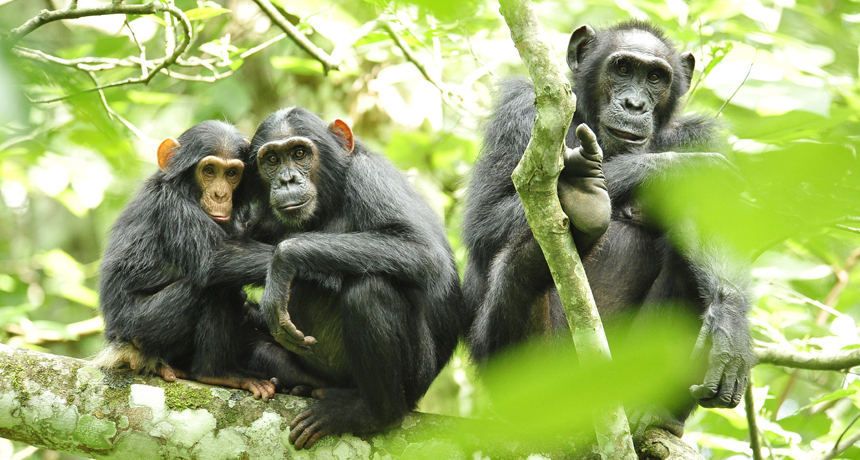The origin of the Human Immunodeficiency Virus (HIV) has been quite controversial since its discovery in the 80s. It has been a source of debate among scientists. But where did it come from, and how did it get transmitted to humans?
The theory is, HIV was transferred to humans from chimpanzees in the 1920s. It was initially called Simian Immunodeficiency Virus. The virus mutated in Congo, where locals ate infected chimps.
How Are SIV and HIV Related?
According to research, HIV is directly linked to SIV. There are various similarities between the two viruses. HIV-1, in particular, is closely related to a strain of SIV, which can be found in chimpanzees. HIV-2, on the other hand, is linked with a strain of SIV found in sooty mangabeys.
The Simian Immunodeficiency Virus (SIV) attacks the immune systems of monkeys and apes. The Human Immunodeficiency Virus (HIV) follows a similar pattern of infection. It is a type of lentivirus that targets the human immune system. (Source: Avert)
How Did HIV Contaminate Humans?
In 1999, scientists found an SIV strain in a chimpanzee which was almost identical to HIV found in humans. When they discovered the connection, they concluded that chimps were the source of HIV-1. But the question of cross-contamination still remains.
The researchers then conducted a more extensive study to figure out how SIV progressed in chimps. During the process, they found out that people hunted chimps and smaller monkeys. The smaller monkeys infected the chimps with two different strains of SIV. These two strains then fused into a third strain that was zoonotic or contagious to humans.
The assumption and most accepted theory is that a hunter killed and ate an infected chimp. There are other variations of this theory where they may have gotten cut in the course of hunting and got infected through their open wounds. Typically, their body would have fought off the virus, but instead, the virus adapted to its new host and mutated into HIV-1.
HIV-2, on the other hand, came from sooty mangabey monkeys. The contamination is believed to be similar to the chimpanzee theory, butchering and consuming them. However, it would have developed differently. This would explain why there are different strains. (Source: Avert)
When and Where Did HIV in Humans Start?
The first verified case of HIV was from a blood sample taken from a man in Kinshasa, Congo, in 1959. The sample was retrospectively analyzed, and HIV was detected. Though there are several AIDS-defining cases, this was the oldest incident scientists could verify.
By discovering the first case of HIV infection, scientists were able to create a family tree of HIV transmission. This helped them figure out how it started. According to their research, the first transmission of SIV to humans may have taken place in 1920. Many of the first cases of AIDS have been recorded in the same region too. (Source: Avert)
How Did HIV Spread from Kinshasa?
Kinshasa is filled with ports, roads, and railways. It was a center for trade and commerce. HIV began to spread due to the sex trade between locals and the high population of migrants. By 1937 the virus had reached Brazzaville, Congo. In 1980, the infections were widespread outside Kinshasa.
In 1983, HIV was isolated and identified by scientists in the Pasteur Institute in France. They called it Lymphadenopathy-Associated Virus (LAV). Researchers in the USA National Cancer Institute were able to isolate the same virus and named it HTLV-III. Later on, the two were confirmed to be the same thing.
It is said that that virus had reached the United States in the 80s. At first, the virus was only associated with homosexuality until other cases linked the disease with hemophiliacs and heroin users. It was then given the name AIDS by September 1982. (Source: Avert)
